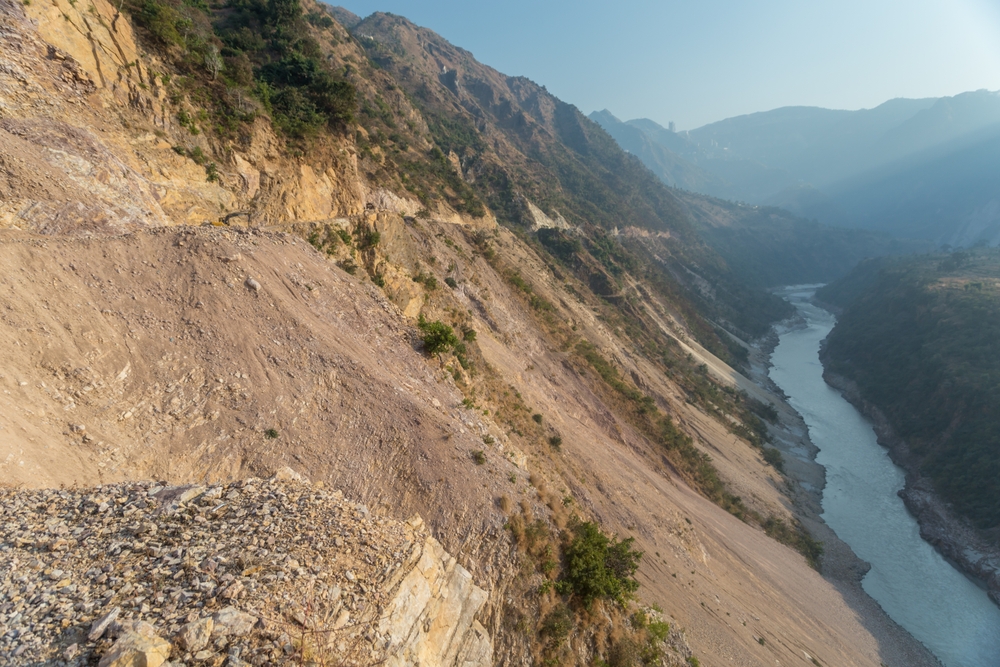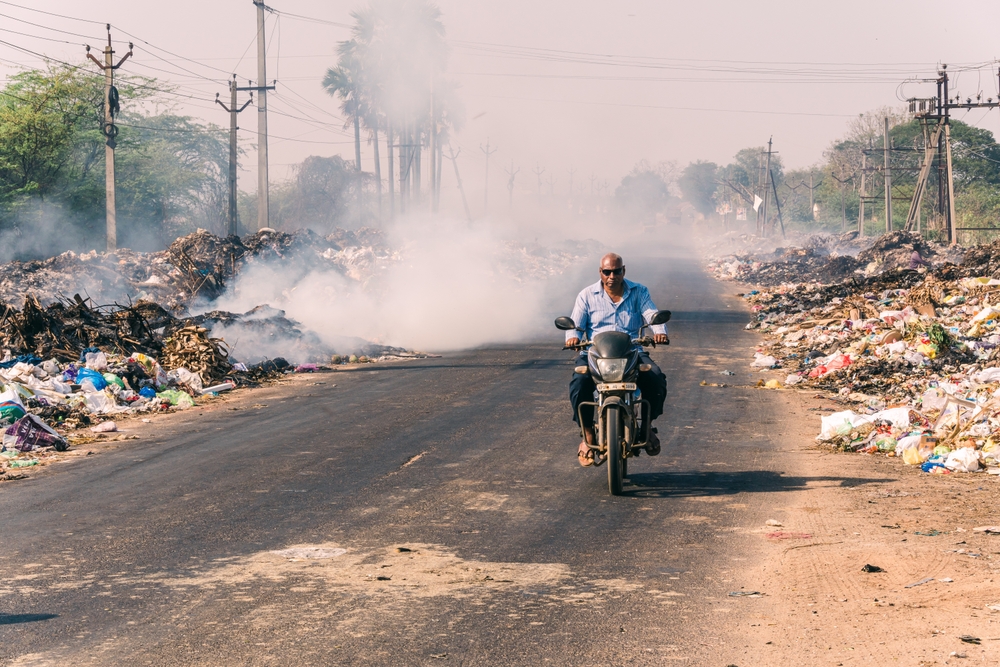Environment: Environmental Overview
India is a land of great diversity, from its geography and climate to its culture and people. However, this diversity also presents significant environmental challenges. In this overview, we will explore the environmental landscape of India, including its rivers, lakes, coastlines, reefs, mountains, deserts, and air quality.
Rivers
India is home to several major rivers, including the Ganges, Brahmaputra, and Indus, which are critical sources of water for millions of people. However, these rivers are also heavily polluted due to untreated sewage, agricultural runoff, and industrial waste. This pollution has caused severe health problems for both humans and wildlife, including waterborne diseases and toxic algae blooms. The impact of pollution on the rivers is also reflected in the loss of several aquatic species, such as the Ganges river dolphin, Indian softshell turtle, and several species of fish.
Lakes
India is home to several large freshwater lakes, including Dal Lake, Wular Lake, and Chilika Lake, which support significant biodiversity and are important sources of drinking water and irrigation. However, these lakes are also facing a variety of threats, including pollution from agricultural runoff and untreated sewage, overfishing, and invasive species. These threats have led to the decline of several native species, such as the Kashmir stag and Himalayan tahr, and have also negatively impacted human health in the surrounding areas.
Coastlines and Reefs
India has a long coastline that spans 7,517 kilometers, (4,671 miles). It is home to several coral reefs, including the Gulf of Mannar and Andaman and Nicobar Islands. However, these coastlines and reefs are facing significant threats from pollution, overfishing, and climate change. The pollution from industries, oil spills, and sewage discharge has led to a decline in water quality, while overfishing has depleted fish stocks and disrupted marine ecosystems. Climate change has also caused significant coral bleaching events in the reefs, leading to a decline in biodiversity and a loss of critical habitat for marine species.
Mountains
India is home to several mountain ranges, including the Himalayas, which are one of the most biodiverse regions in the world. These mountain ranges provide critical ecosystem services, including freshwater, carbon sequestration, and soil stability. However, the mountains are also facing significant threats, including deforestation, illegal mining, and tourism. Deforestation has led to soil erosion and landslides, while illegal mining has disrupted local ecosystems and caused air and water pollution. Tourism has also led to overcrowding, waste generation, and habitat destruction, particularly in fragile mountain ecosystems.
Deserts
India is home to several desert regions, including the Thar Desert and the Rann of Kutch. Home to several unique plant and animal species, these deserts are characterized by extreme temperatures and low rainfall. However, these deserts are facing significant threats, including overgrazing, deforestation, and mining. Overgrazing has led to soil erosion and desertification, while deforestation has disrupted local ecosystems and led to a loss of habitat for several species. Mining has also led to air and water pollution and has disrupted local communities.
Air Quality
India has some of the worst air quality in the world, with high levels of particulate matter, nitrogen dioxide, and sulfur dioxide. The primary sources of air pollution in India are vehicular emissions, industrial emissions, and open burning of waste and crops. This pollution has led to severe health problems, including respiratory diseases, cancer, and heart disease. The impact of air pollution is also reflected in the loss of several species of plants and animals, particularly in urban areas.
Conclusion
India's environment faces significant challenges from various sources such as industrial pollution, deforestation, and climate change. However, there are also efforts underway to combat these issues, including reforestation projects and increased focus on renewable energy. It is essential for the government and citizens to work together to find sustainable solutions to ensure a healthier environment for all. By preserving and protecting the natural resources, flora, and fauna, India can create a better future for generations to come.
Copyright © 1993—2024 World Trade Press. All rights reserved.

 India
India 
